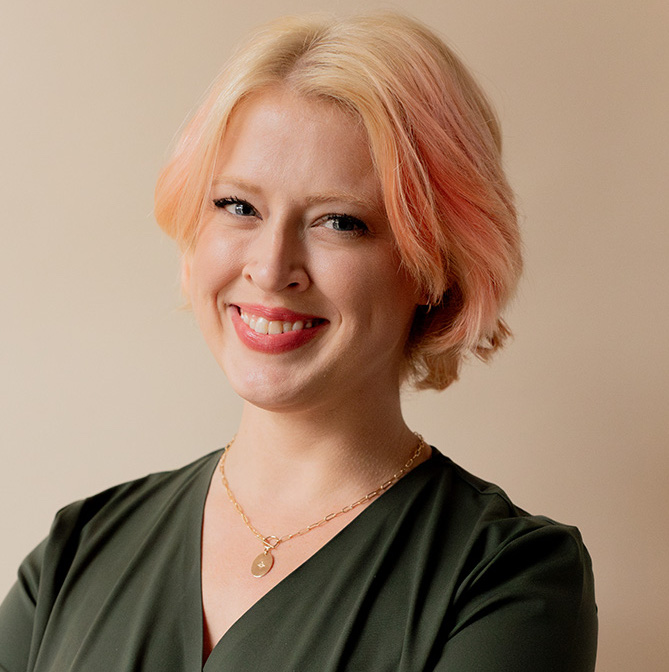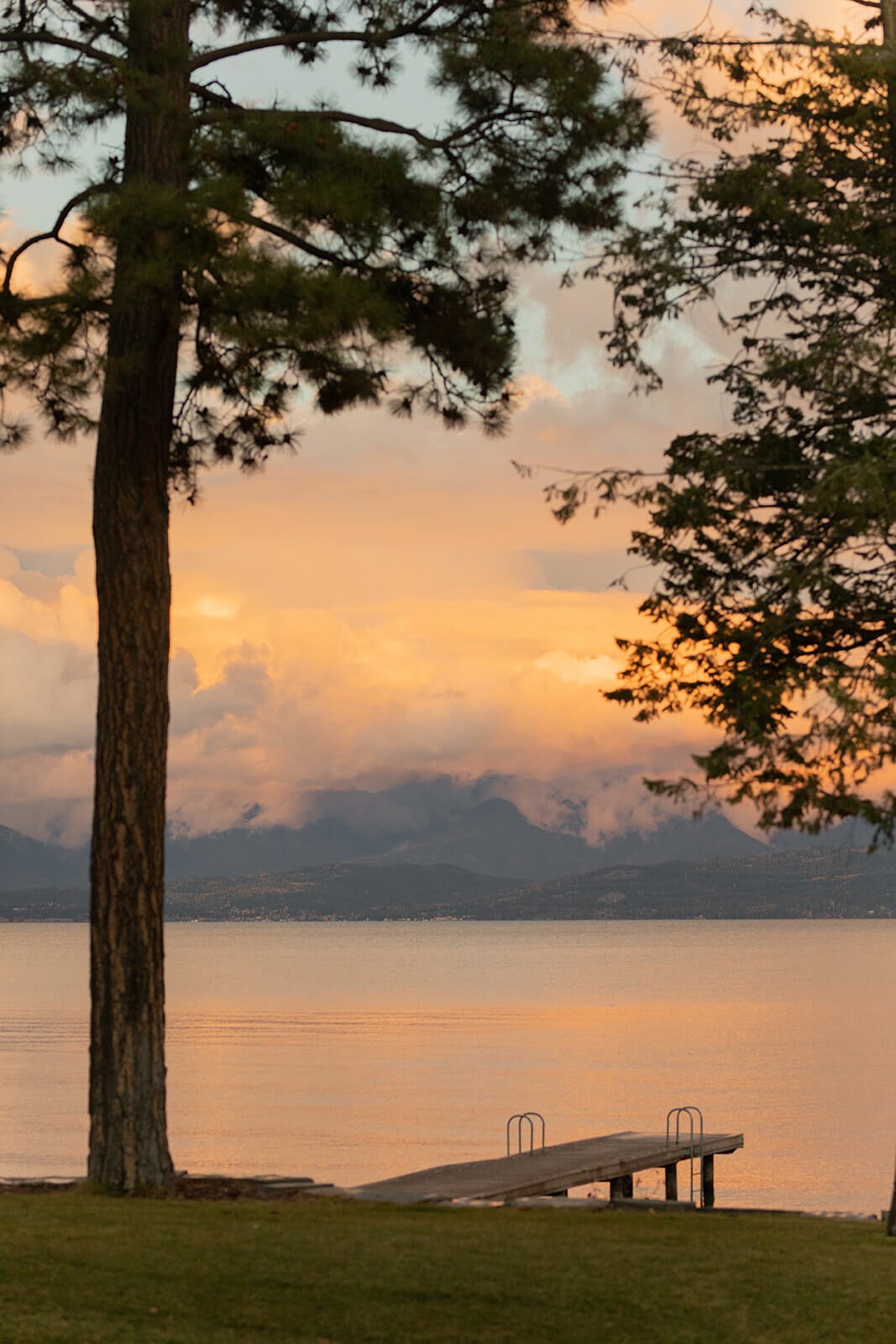
I Took A Self-Defense Class—Here’s What I Learned.
This is your sign to finally take that self-defense class.
At 2 p.m. on a Saturday in a music-less dance studio on the west side of Los Angeles, I learned to defend myself. It wasn’t a karate or taekwondo class—which would have extended years beyond a four-hour workshop; instead, the instructor went out of his way to let us know we would be learning physical moves that can cause serious, even fatal, harm to people.
It was awkward, uncomfortable, and horrifying at times—I touched strangers (and was touched by them) in vulnerable places—including armpits, throats, and eyeballs. I learned how much pressure it takes to break bones, what it’s like to escape a chokehold and the best way to throw my weight into a powerful punch. It was the first time I truly confronted what it would mean to protect myself against someone trying to harm me.
“It was the first time I truly confronted what it would mean to protect myself against someone trying to harm me.”
Frankly, it was an experience I would prefer not to have to repeat, and yet I’m here to tell you: I’ll keep repeating the moves I learned for as long as I’m able. (And yes, I’ll take the class again to keep my mind fresh).
As I’ve shared my experience with friends and family, I’ve heard many women say the same thing: “I’ve always wanted to take a self-defense class but never signed up. What was it like?” I realize that we are encouraged to assert ourselves and protect ourselves, but there is such little emotional infrastructure for us to put that into practice.
Similarly, the legislation surrounding women right now is writing our autonomy into the legal documents of this country, re-cementing something we already knew, but making sure that it’s official. And enforceable.
So I wanted to share my experience, alongside some things I’ve learned, to help you feel more comfortable finally signing up for your own self-defense class.
Because if there’s one thing I can’t (and won’t) do with my writing, it’s to teach you how to properly take out a kneecap.
Here’s how to find a class that’s right for you, how to prepare, and what to expect.
Before The Class
First, it’s important to take a class with an instructor you feel comfortable with. I found my course on Google, and found I couldn’t gauge the instructor via website photos alone. So I watched a few YouTube interviews with him and got a sense for his energy and approach, which made me feel much more assured. I sought out reviews, cross-checked the instructor’s experience and recos on LinkedIn, and reviewed the program’s social media to make sure it was active, transparent, and to get a sense of what I might need to wear.
“The class you choose should describe itself as accessible and not be dependent on age, size, or fitness level—the one I chose was advertised for 12–72-year-olds.”
I specifically was looking for an instructor with an extensive teaching background because I wanted a seasoned teacher who knew how to communicate clearly and thoroughly. You might prefer an experienced practitioner of taekwondo, jiu-jitsu, krav maga, or karate—look for relevant certifications and rankings (like a black belt) that back up their expertise. There’s not a regulated certification for teaching self-defense, so reviews and recommendations are extra important.
You might even want to call the instructor directly (if there’s no option for that, find an instructor that is accessible!). This is especially important if you have disabilities, PTSD, or injuries so that you can both set appropriate expectations for the class. Ultimately, the class you choose should describe itself as accessible and not be dependent on age, size, or fitness level—the one I chose was advertised for 12–72-year-olds.
Dress in something comfortable and uninhibiting; gym shoes, leggings, and a t-shirt are perfect. Be able to tie your hair back and wear minimal rings. You may learn some moves that involve armpits—just a heads up—so tank tops might not be the best choice, hah!
Finally, before you go, there was a psychological component that may have been helpful for me to know beforehand: having the mental and emotional willingness to fight for your life. Much of these teachings are only relevant if you have a strong self-protection mindset. No punch or kick is useful if you aren’t willing to use them in an emergency. You’re worth fighting for—even if the fighter is you.
During The Class
Taking a self-defense class for the first time can feel like you’re learning the finishing moves in Mortal Kombat. It is, after all, a class that deals with the possibilities of violence, and you will hear graphic details. Don’t let this deter you; comfort zones border the edges of our experience, and you’ll only be stronger and more prepared after receiving this information. I felt safe in class to let out stress in little chuckles or by crumpling my tote bag handles between my fingers. Remind yourself that this is just information—it is not a prediction or a certainty. More information can never hurt you in these situations.
First and foremost, you should learn about prevention and situational awareness. The best way to stop an attack is to never let one happen in the first place (although you are not responsible for them if they do happen—unsolicited attacks are always the attacker’s fault). Gut feelings and intuitions are welcome indicators, and no class should make you feel like you should put others’ comfort over your own safety.
“Gut feelings and intuitions are welcome indicators, and no class should make you feel like you should put others’ comfort over your own safety.”
Then, you should learn some hands-on techniques for neutralizing an attacker. This is the most uncomfortable part—you’ll learn about your strengths and weaknesses and possibly face physical practices that send you into a panic. Remember, this is a facilitated exercise and you are safe (and if you don’t feel that way? You have every right to exit early!) Breathe deeply and remind yourself, again, that this is information that will help you. You can do this.
During and after class, you can also ask questions. Follow up with your instructor on their advice for specific safety concerns you have—such as for home, hiking, or traveling. You might even get personalized recommendations on which martial arts and exercises you can pursue that will help keep you sharp and feeling confident.
After The Class
It’s so important to understand that this is not a one-and-done class. My workshop instructor encouraged us to re-take the class once or twice a year (and offered discounts for doing so). Outside of that, regular practice of everything we learn can keep our reflexes sharp. Enlist a friend, partner, or family member to practice with and take precautions for their safety (I’ve even been practicing how to properly form a fist whenever I’m on a loading screen).
Just like we regularly prepare for emergencies, we can also practice these self-defense skills. I prefer to think of it as self-care to maintain my confidence and strength rather than fearfully reacting to the world around me.
What I loved most about the course was the emphasis on non-combat skills. Being able to speak clearly and definitively, for example, is a tremendous skill when it comes to asserting ourselves. We learned how to raise our voices so those around us could recognize we are in a compromising situation, how to say no, and even got a few notes on how to de-escalate unwanted tension. Heck, we even learned how to practice screaming without scaring the neighbors—helpful stuff! A public speaking class or vocal coaching class is certainly on my horizon.
“Instead of becoming paranoid about whatever threats might lie around the corner, we can shift our mindset to focusing on what is actually happening in the present.”
We also learned the connection between self-defense and mindfulness. Instead of becoming paranoid about whatever threats might lie around the corner, we can shift our mindset to focusing on what is actually happening in the present. Practices like meditation and awareness can be foundational to our self-defense effectiveness (and they’re key to a calmer life). When we can practice responding rather than reacting, we can more effectively make decisions to protect ourselves when adrenaline is high and fight-or-flight mode is activated.
Finally, re-familiarize yourself with self-defense laws in your area. When you go out, you can carry pepper spray, pepper gel, or kubatons—just make sure they are legal where you’re at. Take stock of your home self-defense strategy, too, and make a plan that includes security measures and weapons you’re comfortable with. I know, I know, it’s not a fun and fluffy thought. But it’s worth the peace of mind.
The ideal scenario is that we wake up in a world where we have laws that protect women, trans, and nonbinary people (and guarantee our bodily rights), that no one feels the need to victimize others, and we have adequate mental health resources to support our human siblings who need it the most. But the truth is, and I know we don’t always like to hear this, that is not the world we currently live in. I wish we did.
But until we do, it is okay to learn how to protect ourselves and our loved ones. You are allowed to trust your intuition when you feel unsafe, even if you leave situations awkwardly or look strange to others.
Your value outweighs anyone else’s ugly plans. You are worth protecting; you are worth preserving—take the self-defense class. You have me fighting in your corner.
Emily Torres is the Editorial Director at The Good Trade. Born and raised in Indiana, she studied Creative Writing and Business at Indiana University. You can usually find her in her colorful Los Angeles apartment journaling, caring for her rabbits, or gaming.





